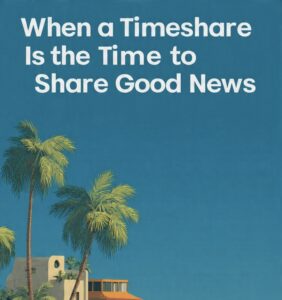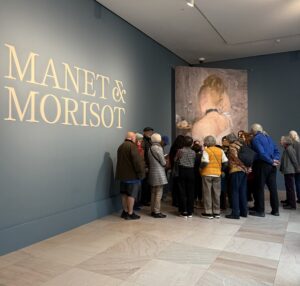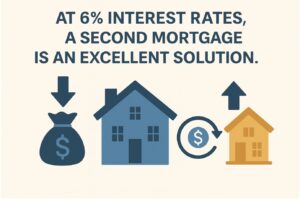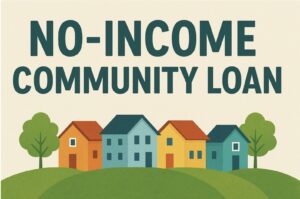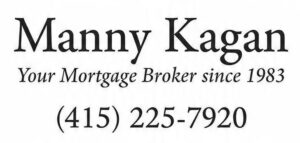SEASON OF LIGHT
The holiday season, the months of December, is often called the months of light—a time that symbolizes the transformation from the cold and darkness into warmth and illumination.
We just returned from our vacation in Hawaii. On the evening of Sunday, December 13, one of our first tasks will be lighting the first menorah candle, marking the beginning of Hanukkah, the Jewish Festival of Lights. Hanukkah lasts for eight days and commemorates events that took place in 164 BCE. Its lights symbolize hope, perseverance, and the miracle of a small flame that endured.
Then, on the evening of December 24, starts celebration of Christmas, a holiday known for the glow of decorated Christmas trees and festive lights on homes and buildings. Christmas was first celebrated in 336 CE in Rome as a commemoration of the birth of Jesus Christ.
Immediately following, on December 26, begins the week-long celebration of Kwanzaa, a holiday created in 1966 to honor African heritage, community, and culture. Kwanzaa is marked by the lighting of the Kinara, a seven-branched candleholder, symbolizing principles such as unity, self-determination, and collective work—similar in spirit to the menorah.
In many countries, the holiday season continues through New Year’s Eve on December 31, celebrating new beginnings. Like Christmas, New Year’s traditions often include light—sparks, candles, fireworks—as a symbol of hope, fresh starts, and bright expectations for the year ahead.
During our time in Kauai, I encountered a particularly beautiful celebration of light at a local shopping center, and ever-present Santa.
Enjoy the season and spread your good vibes with friends!






